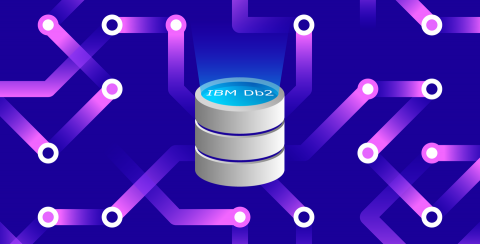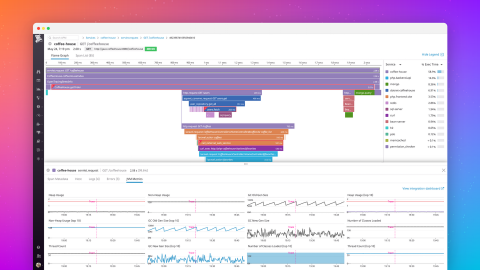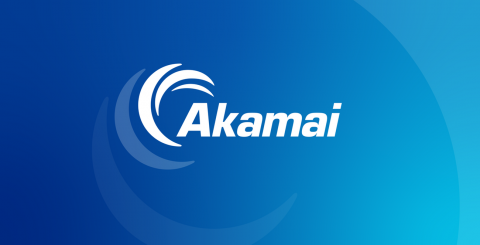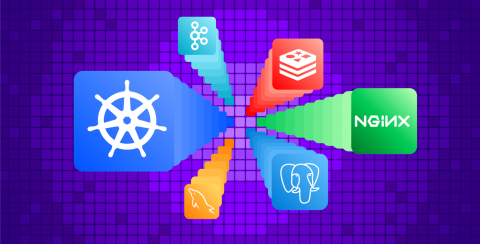Monitor IBM DB2 with Datadog
IBM DB2 is a database management system that runs on a wide range of technologies, including Linux, UNIX, Windows, mainframes, and IBM Power Systems. You can use DB2 as a managed service in the cloud or deploy it in a cluster to provide high availability, making it suitable for a wide range of enterprise and customer-facing applications.











